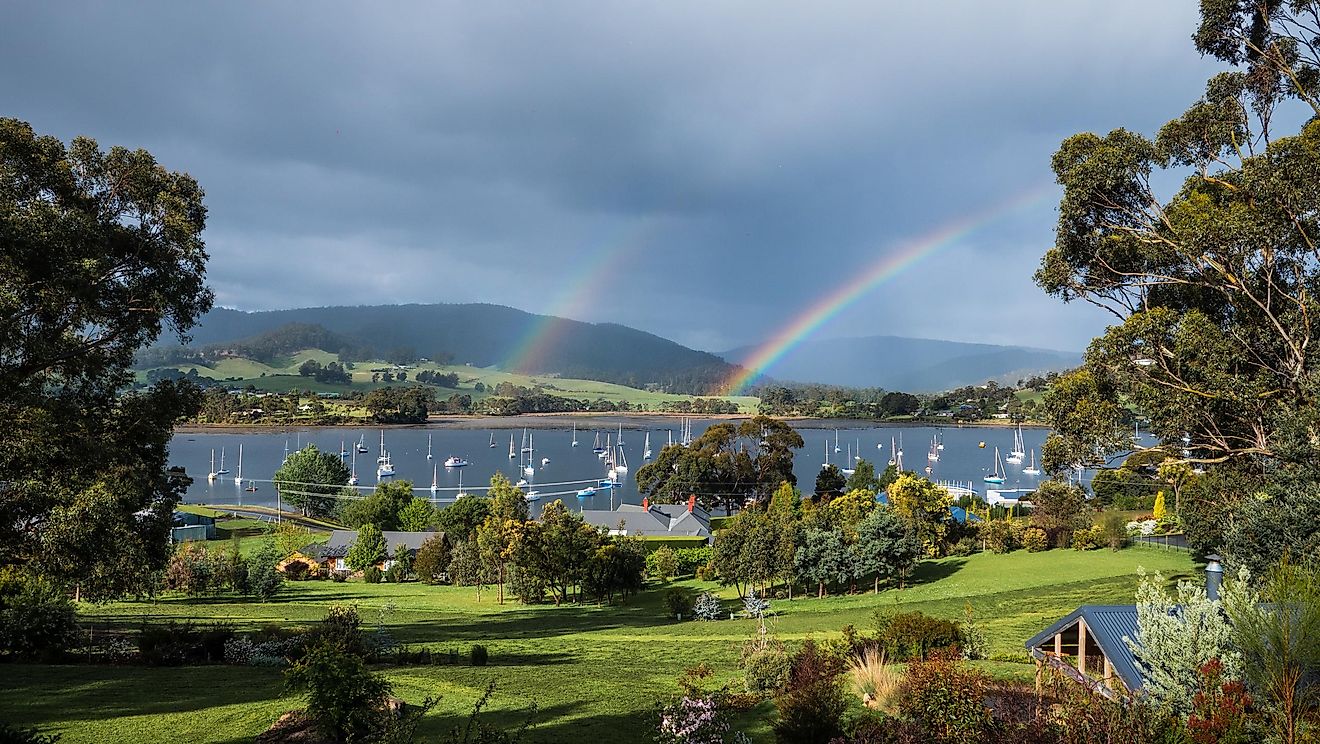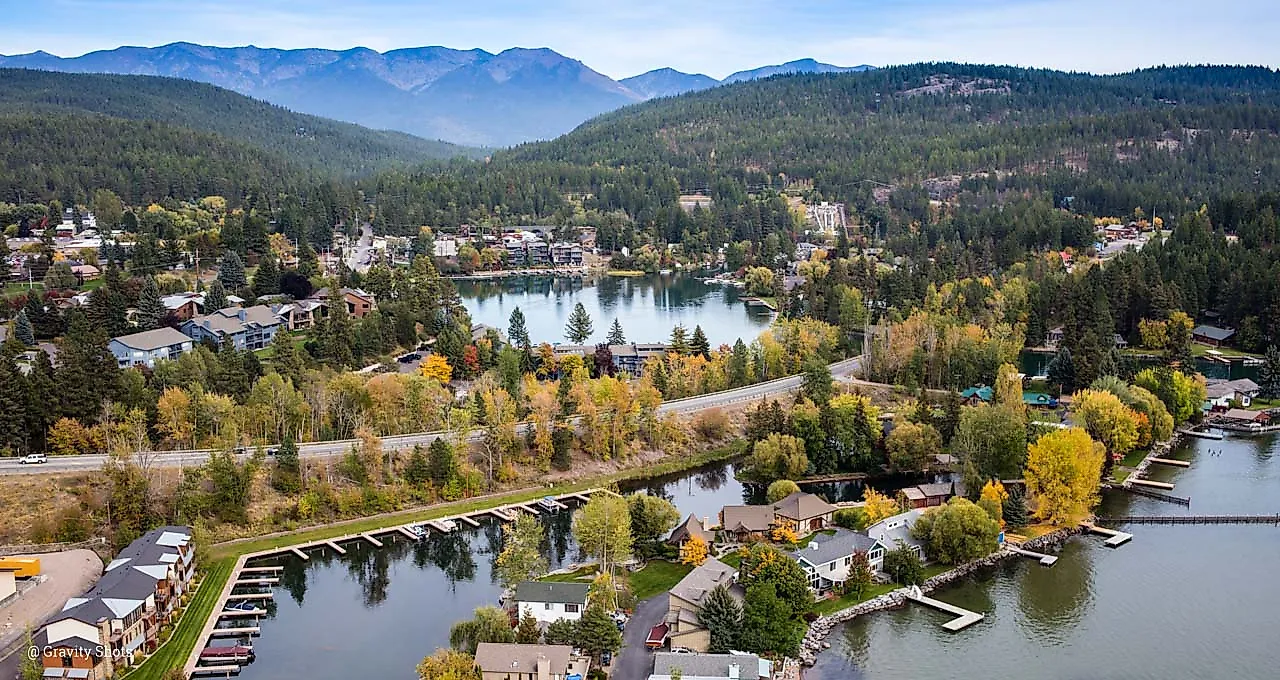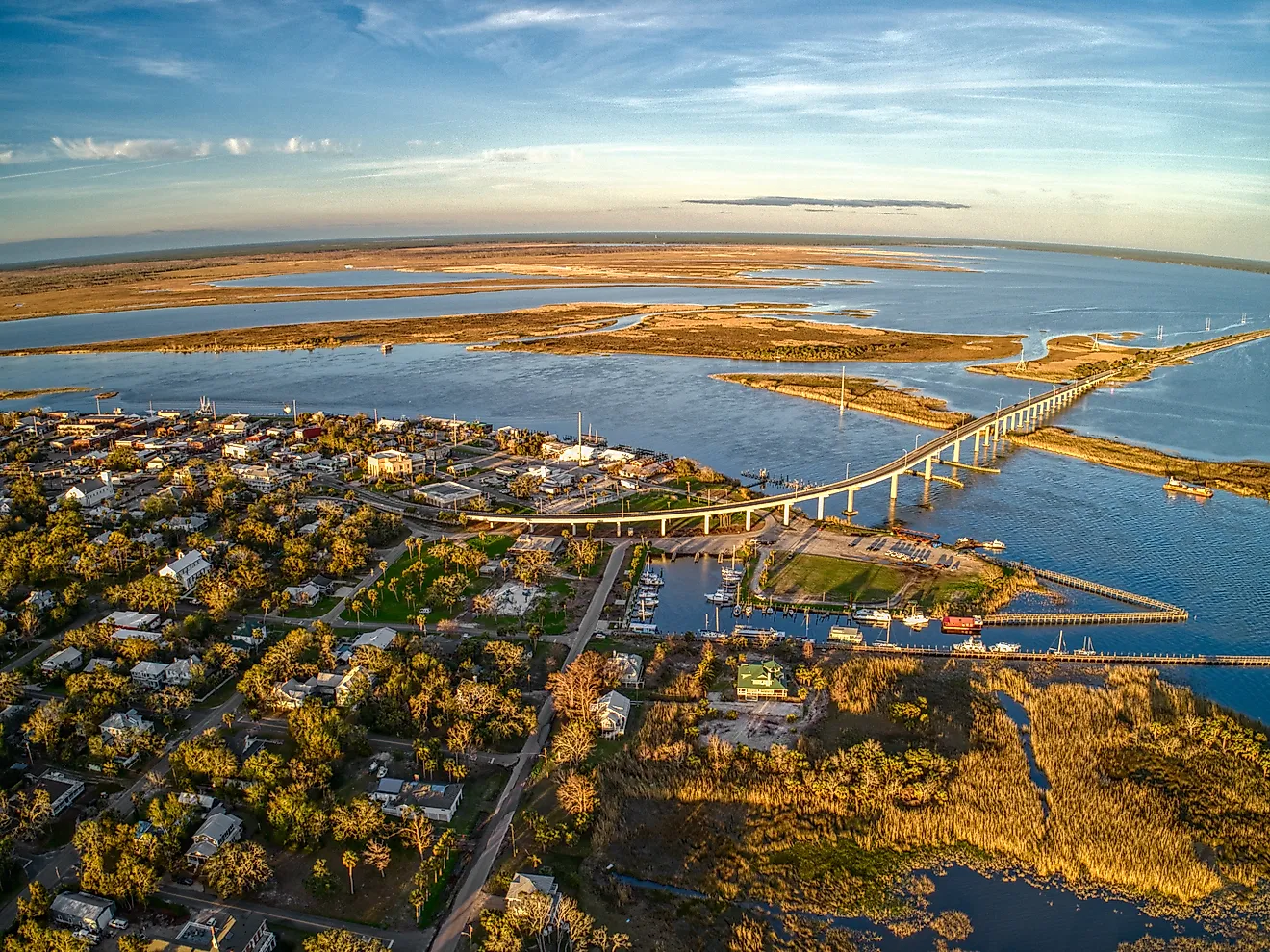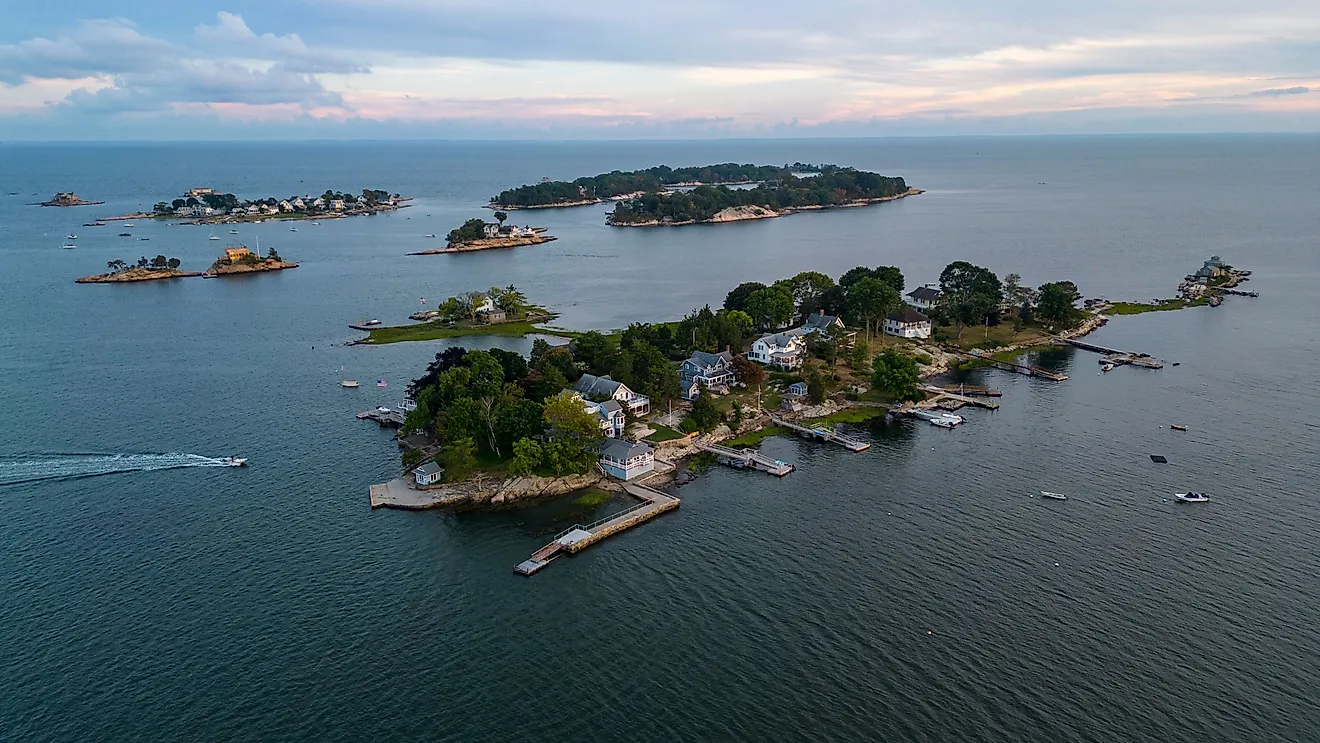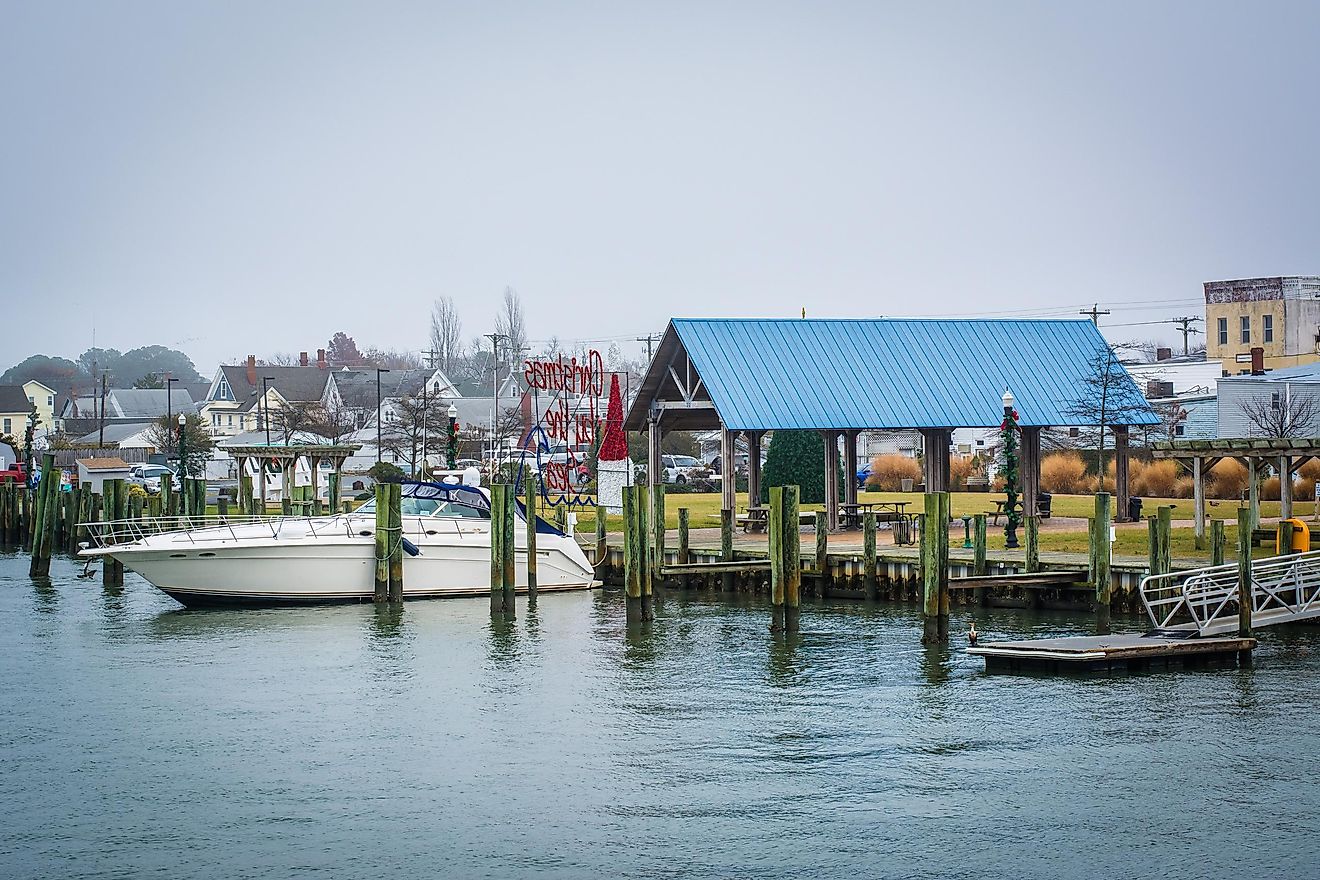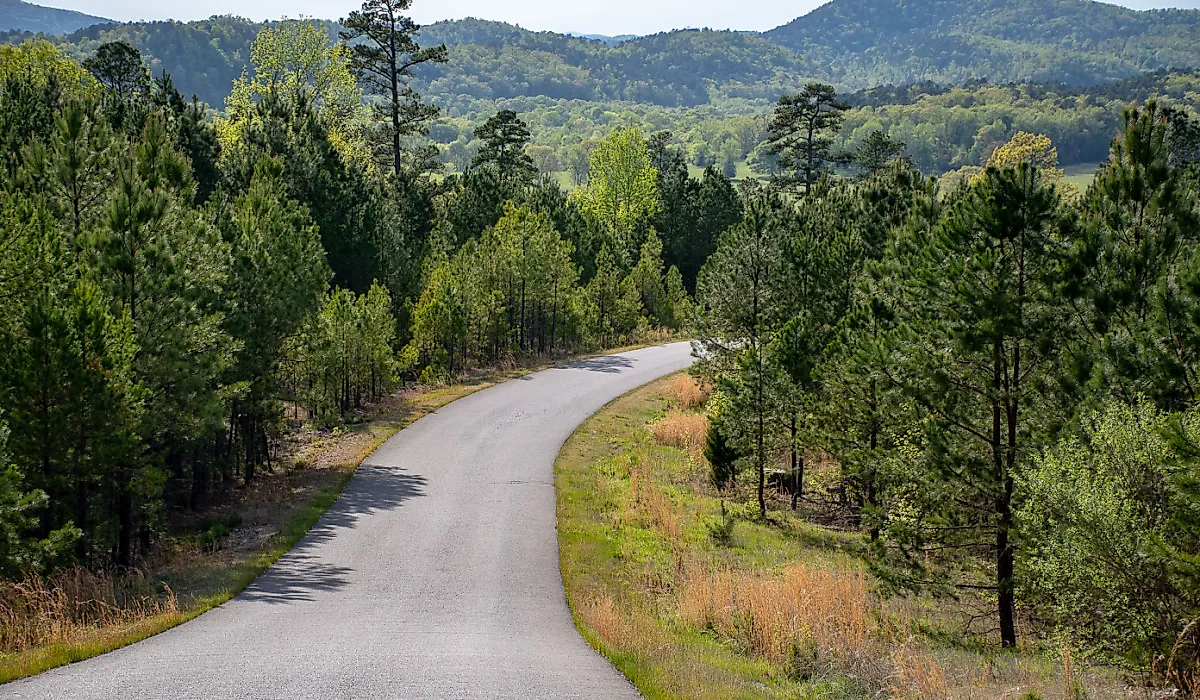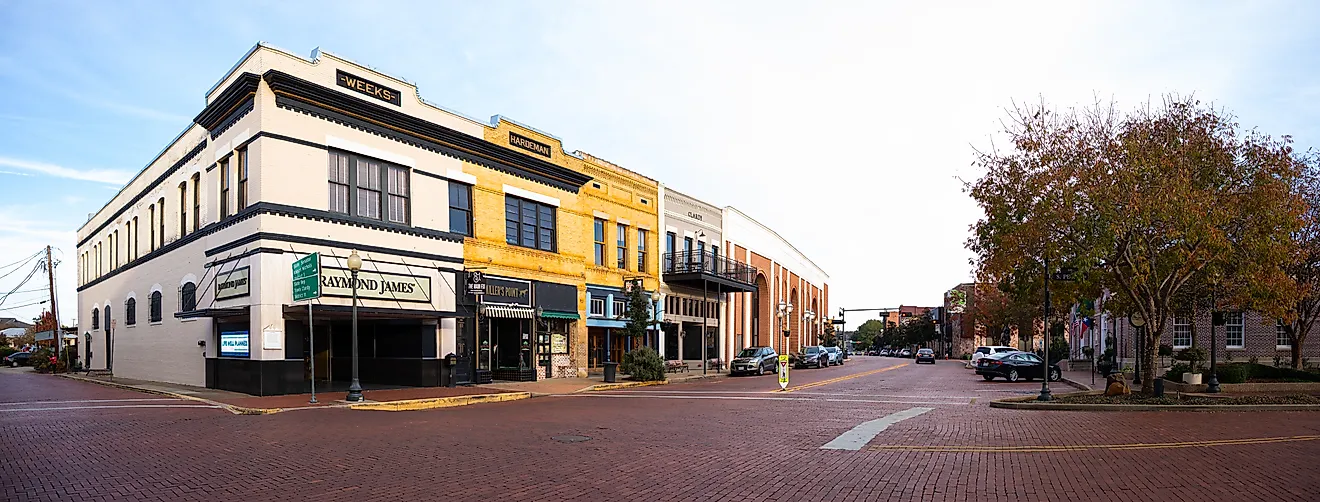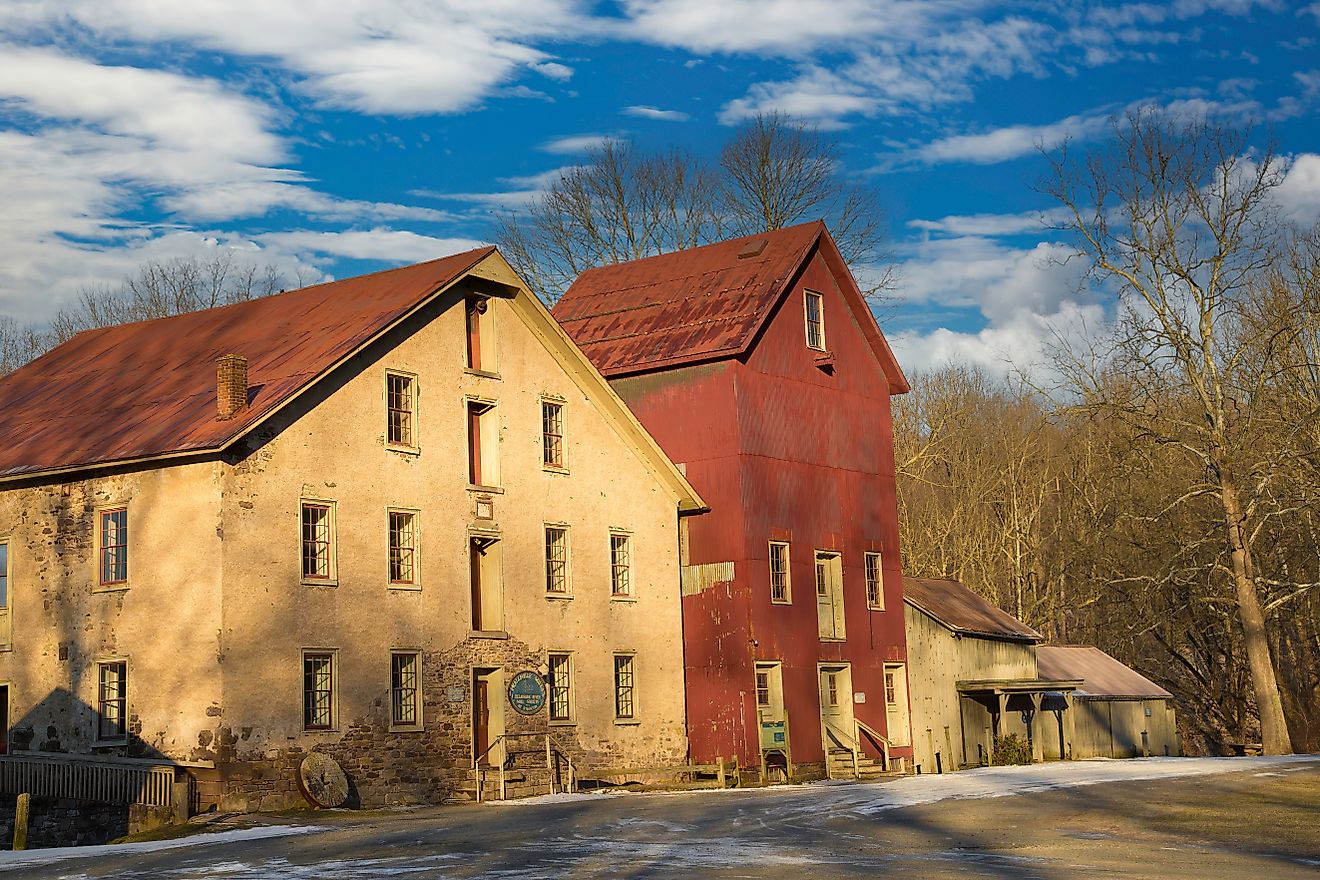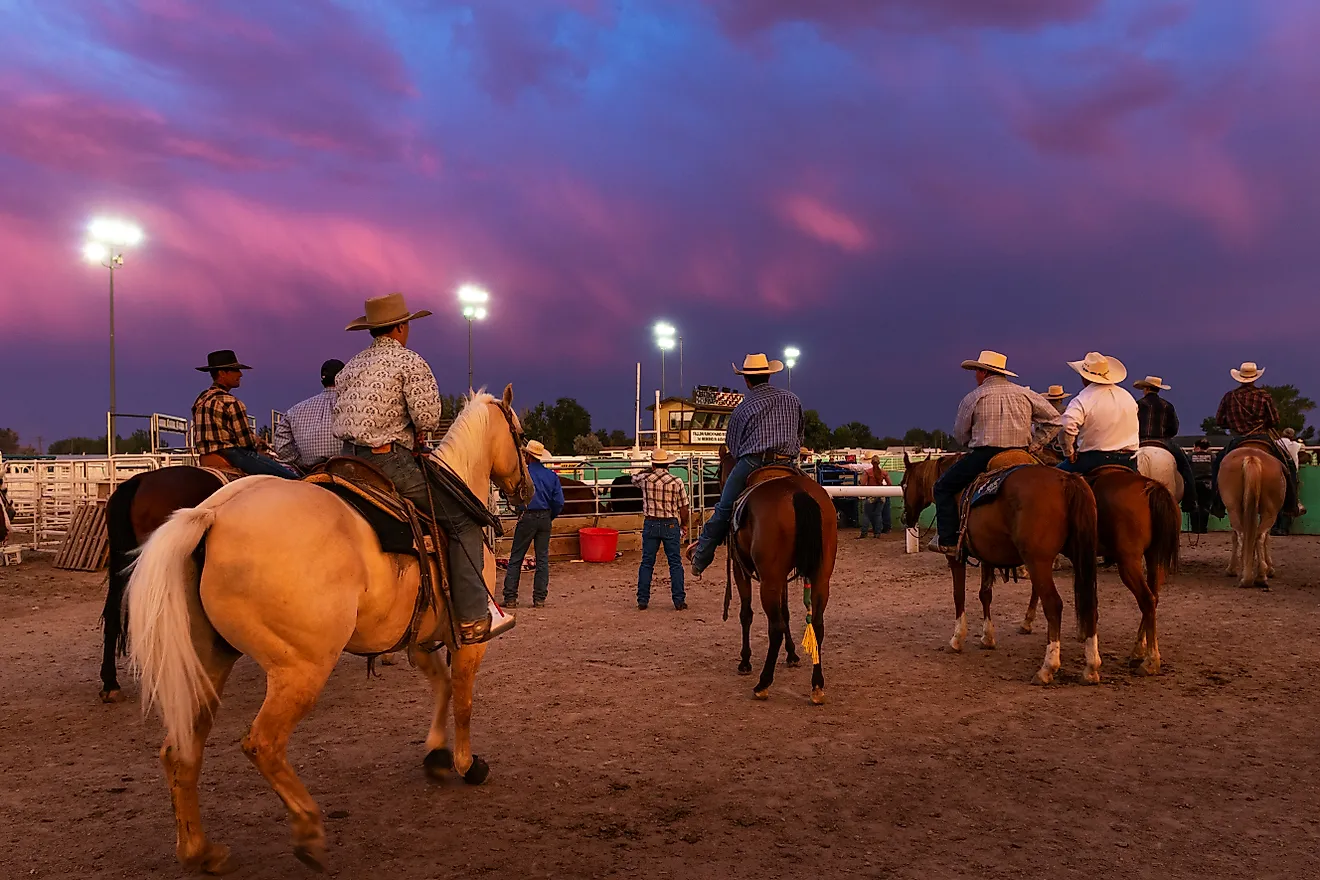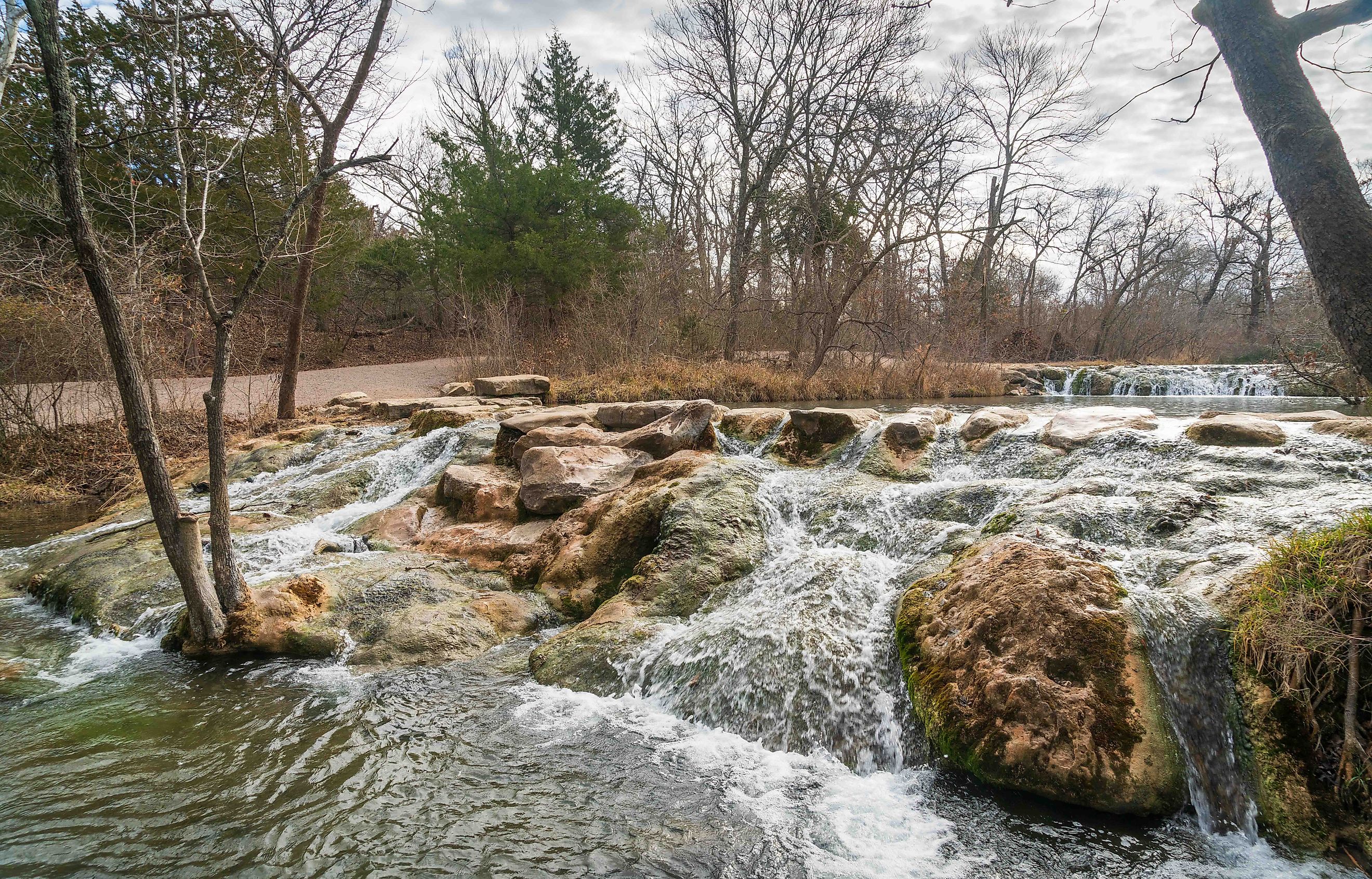
7 National & State Parks In Oklahoma You Have To Visit
The Sooner State quietly harbors a rich spectrum of natural and cultural attractions. And yet, sitting firmly in the south-central United States, Oklahoma is easy to overlook when it comes to national and state park ventures. But from the Great Plains to the Ozark Mountains, there are lakes to swim, waterfalls to find, trails to trod, sand dunes to drive, and caves to explore. Oklahoma does not have a national park, per se, but it does have several must-see sites that fall under the purview of the National Park Service. Furthermore, given that nearly half of the state is designated Native American land, there is much history (painful as it may be at times) to unpack. Let's investigate seven national and state parks in Oklahoma that you have to visit, including a national historic trail, grasslands, and a national recreation area. Let us begin our statewide tour of essential national and state parks with an unorthodox entry.
Trail of Tears National Historic Trail
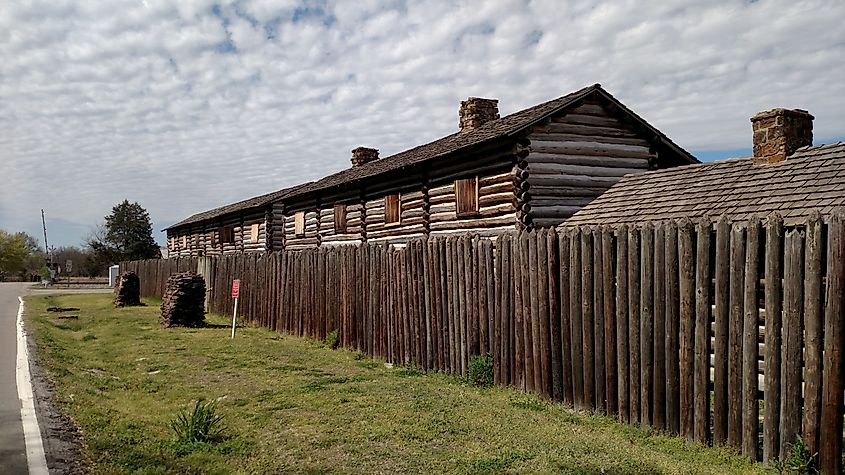
The Trail of Tears National Historic Trail was established by congress in 1987, is a designated Sacred Site, and commemorates the unjust and deadly migration of the Cherokee people after their forced removal by the U.S. government in 1838. So while many of the parks on this list showcase inspiring landscapes, the Trail of Tears embodies one of the harsher (but important) chapters in American history. With that said, the 2,200-mile historic trail does still traverse scenic portions of nine states, and visits dozens of memorable sites en route.
Oklahoma (formerly, Indian Territory), marks the terminus of not only the current trail, but of the many paths that 17 Cherokee detachments (as well as other tribes and even black slaves) took out from their homelands at the behest of President Andrew Jackson, author of the 1830 Indian Removal Act. Tragically, hundreds of people perished before reaching modern-day Oklahoma, and thousands died shortly thereafter because of the cumulative toll of the harsh journey.
Throughout eastern Oklahoma's looped segment of the Trail of Tears, there are six specific sites that travelers should aim for. Fort Gibson State Historic Site was active from 1824 to 1890 and, among other things, acted as a dispersal site for the Seminole and Creek Indians. Sequoyah's Cabin, built in 1829, stands as a monument to the author of the Cherokee syllabary, and the attempted unification of the Cherokee Nation. The sovereign city of Stilwell was the location of five disbandment sites, and current location of the New Hope Cemetery (formerly Mrs. Webbers' plantation).
Prior to the forced removals of 1838 and 1839, Webbers Falls was a voluntary Cherokee settlement; now features several interpretive sites. Hunter's Home is the sole extant pre-Civil War plantation home — giving visitors a glimpse into Cherokee plantation life. And finally, the Sequoyah National Wildlife Refuge (established in 1970), once again memorializes the creator of the Cherokee written language, while also providing a sanctuary to local plants and animals.
Black Kettle National Grassland
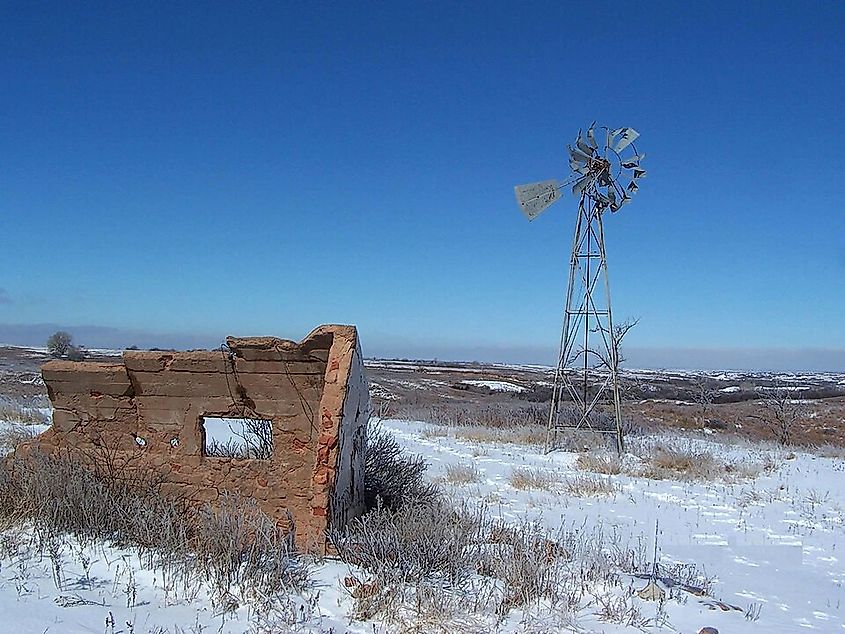
Spanning 31,286 noncontiguous acres of mixed-grass prairies across the western Oklahoma counties of Roger Mills and Hemphill, Black Kettle National Grassland showcases quintessential Sooner State landscape. Managed by the Cibola National Forest, in cooperation with private ranches scattered throughout, this red-earthed, green-brushed wilderness features three public areas with developed camping and punctuating lakes: Skipout Lake, Spring Creek Lake, and Black Kettle Recreation Area. The national grassland also permits wild camping, fishing, and seasonal hunting (with deer, turkey, and quail being the common game). Visitors are also likely to spot herds of cattle 2,000 strong, set out to graze by the local ranchers.
While a visit to the grasslands is certainly a welcomed reset, Black Kettle wasn't always a peaceful place. The Washita Battlefield National Historic Site commemorates a fateful chapter of the Great Plains Wars. Here, on Nov. 27, 1868, the 7th U.S. Calvary attacked a Cheyenne village (led by Peace Chief Black Kettle; hence the name), resulting in the death of between 30 to 60 Cheyenne (including the chief and his wife) as well as 20 cavalrymen.
Chickasaw National Recreation Area
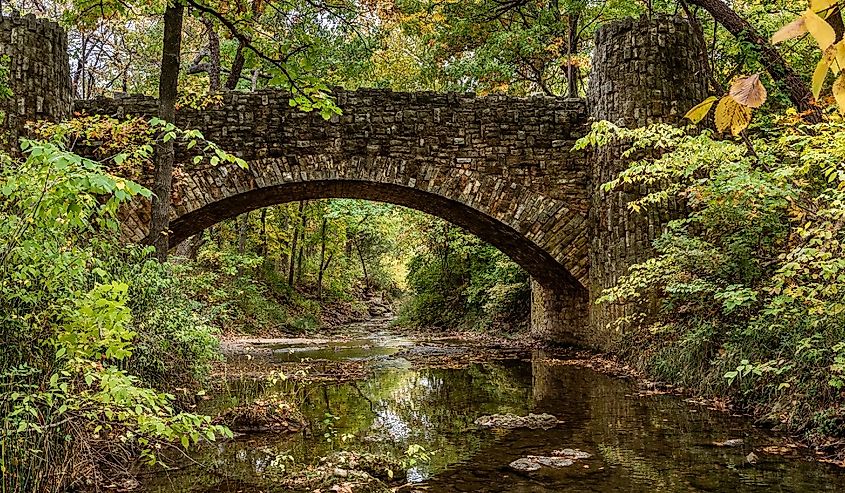
Dropping down to south-central Oklahoma, the Chickasaw National Recreation Area is the state's oldest NPS unit, and one of its most revered. Beginning in 1902, the U.S. government purchased 640 acres from the Chickasaw Nation, where mineral and freshwater springs flourished - originally naming it Sulphur Springs Reservation. Four years later, after expanding the boundary, the site was named Platt National Park. Then, in 1976, Arbuckle Recreation Area (home of the 2,350-acre namesake lake) and other lands merged with the national park to form the nearly 10,000-acre Chickasaw National Recreation Area.
With the foothills of the Arbuckle Mountains and the expansive Lake of the Arbuckles, Chickasaw National Recreation Area is replete with outdoor activities. Swimming, boating, paddling, and fishing (bass, crappie, panfish, and catfish are the common catches) constitute the water-bound entertainments, while six campgrounds, and 20 miles of hiking trails give terrestrial tourists loads to chew on.
Compensating for its lack of national parks, Oklahoma boasts a whopping 38 state parks. The following four showcase the surprising diversity of habitats and activities.
Lake Murray State Park
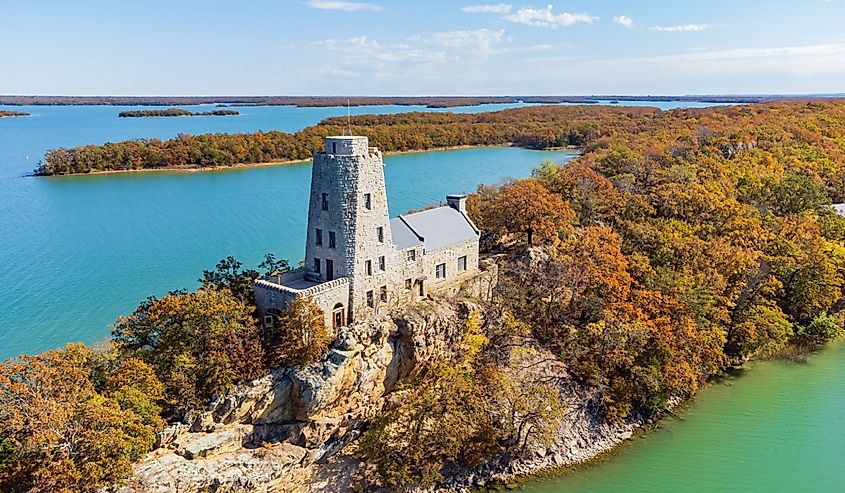
Oklahoma's first and largest state park is centered around its titular attraction: the sizable and sinuous Lake Murray. Ample campgrounds and no less than 56 cabins (many of which were built by the Civilian Conservation Corps back in the 1930s), and the luxurious Lake Murray Lodge allow visitors of all persuasions to happily co-exist, as does the range of family-friendly activities. 30 miles of hiking and mountain biking trails thread the rolling hills surrounding the lake (including up to the Tucker Tower viewpoint and nature center), 1,000 acres of ATV and dirt bike terrain allows higher-octane folks to let loose, and amenities such the 18-hole golf course, mini-golf facility, tennis courts, baseball fields, and horseback rides/hayrides offer gentler outdoor experiences. But of course, given the 5,728-acre water body confronting you at every turn, watersports are the main game in this state park - especially thanks to the Lake Murray Marina (which provides rental boats) and adjacent swimming beach.
Little Sahara State Park
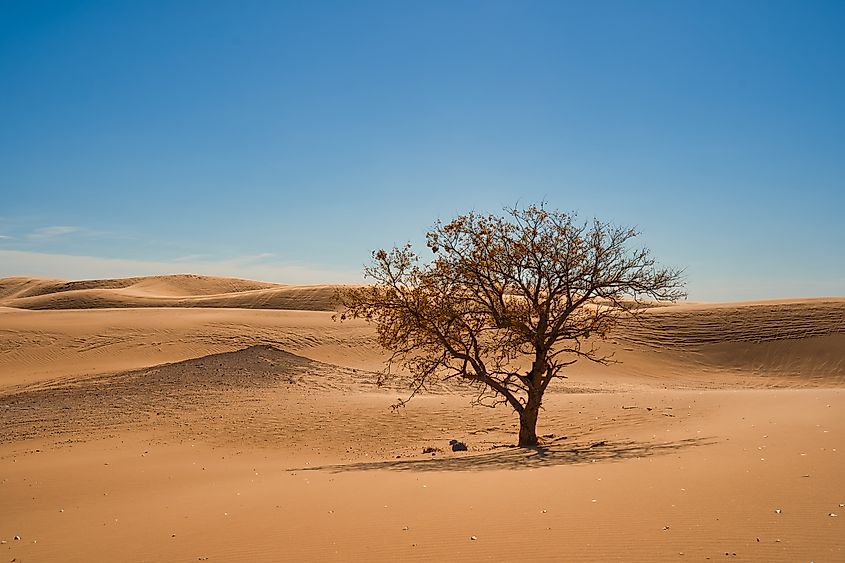
Switching from a watery world to desert dunes, Little Sahara State Park is another entry that defies Sooner State stereotypes. Formed by terrace deposits of the Pleistocene-era Cimarron River, this 1,600-acre sandy microcosm features dunes ranging between 25 feet and 75 feet tall. As such, this natural playground perfectly lends itself to ATVs and dune buggies. In fact, Little Sahara State Park is considered one of the top riding spots in middle America. The northwestern haven is open 24/7, year-round (though the office hours reflect standard working days), and offers both day passes ($10 USD) as well as unlimited annual passes ($200) for local adrenaline junkies. For anyone itching to glimpse the Sahara-esque ecosystem but not so interested in ripping around it in a vehicle, note that pedestrian traffic is not permitted in the dune riding area. Rather, you will want to head for the observation deck at Buttercup Campground. From this vantage point, the verdant periphery makes the arid epicenter look particularly anomalous.
Natural Falls State Park
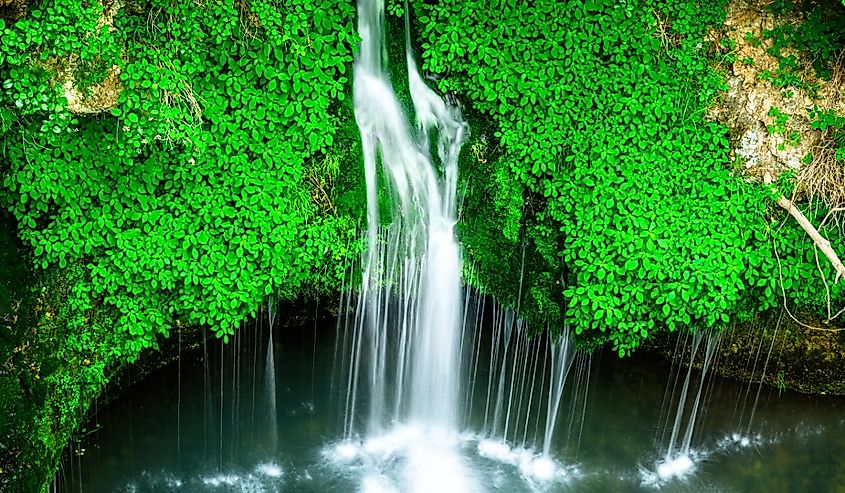
Looking more like an Asian oasis than a typical slice of the south, Natural Falls State Park further enriches the Oklahoma park experience. Fixed in the state's northeast corner, right near the Arkansas border, the Ozark Highlands are responsible for this park's standout scenery. The marquee attraction is the 77-foot waterfall that falls between lumbering, pitted rocks, to a moss-lined azure pool in the valley below. A lush canopy of white oaks, maples, and chinquapin, encompasses the falls, while ferns, flowering dogwood, sassafras and many other vibrant plant species line the corresponding creek. Observation decks have been installed at the top and bottom of the photogenic feature to better assist visitors. And if the scene looks familiar, that's because Natural Falls State Park was used as a filming location for the 1974 coming-of-age tear-jerker, "Where the Red Fern Grows."
More than environmental eye-candy, Natural Falls State Park is also well-equipped for fun and games. In addition to the 4.5 miles of hiking trails and by-reservation campsites, there are basketball and volleyball courts, horseshoe tosses, and an 18-hole disc golf course to keep visitors entertained. And though swimming is not permitted (in order to maintain the purity of the spring), catch and release fishing is perfectly fine.
Alabaster Caverns State Park
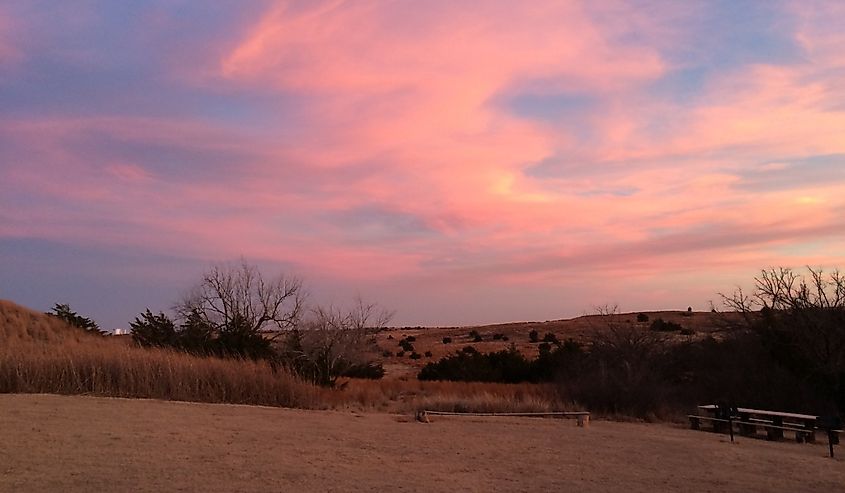
Lakes, sand dunes, waterfalls, and now caves? It seems Oklahoma's State Parks are never short on surprises. Alabaster Caverns State Park sits within Cedar Canyon and showcases one of the largest natural gypsum caves on the planet — and the only such show cave in the United States. Daily tours take small groups (i.e., a maximum of 30 people) on an illuminated path through the otherwise dark and alien world. Experienced spelunkers can also try their hand in four separate caverns (ranging between 550 feet to 1,600 feet in length) that are specifically set aside for wild caving (by permit only). Just note that between October 1 and April 30, permits are withheld in order to protect the five resident species of hibernating bats (forming a cumulative population of 10,000 individuals) within. Rounding out its subterranean realm, Alabaster Caverns State Park features above-ground hiking trails, RV and tent sites, powered group shelters, and a nature center to boot. No wonder some 40,000 visitors make their way to this Oklahoma treasure each year.
Oklahoma is blessed with an unexpectedly diverse landscape: lush and abundant in parts, wild and arid in others. From the tops of its dunes to the depths of its caves, The Sooner State has a wealth of parks to both protect these special spaces and help the public to experience them. Though there are dozens of other OK options to choose from, these seven national and state parks deserve priority.

